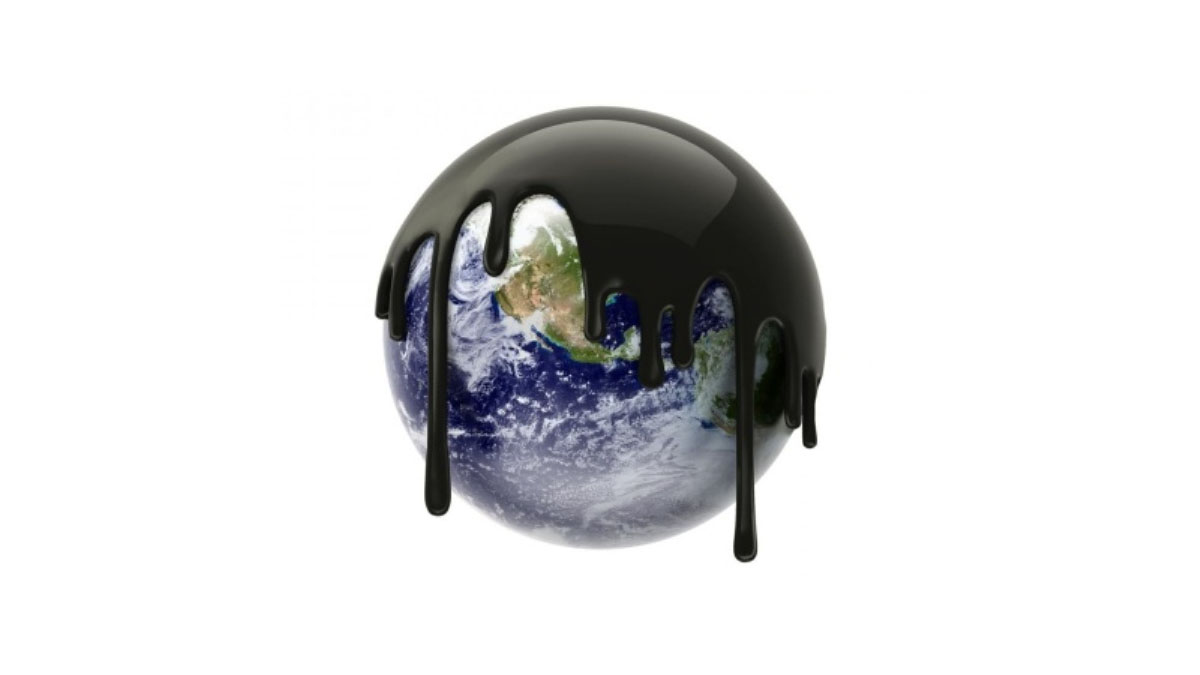why oil isn’t dead just yet

Since 2004, the most tracked and talked about price in the world wasn’t the price for an ounce of gold or platinum or silver. It was the cost of a barrel of light sweet crude. Oil accounts for around a third of global energy consumption and it’s used to fuel almost every vehicle we use for transportation. When its price swings, world markets are sent reeling, inflation climbs, the auto and aviation industries face losses and the balance of power in world affairs shifts. But according to Ben Hewitt’s article for Discover, King Oil is in its last days on the throne as a slew of new technologies gets closer and closer to practical reality.
Hewitt isn’t the first or only person to announce that oil is becoming too expensive, too hard to get and causes too many economic and political problems to be a practical fuel for the future. Oil as an ancient energy source in its twilight years is a whole school of thought summarized in the Peak Oil Theory. Over the last two years, Peak Oil was invoked loudly and often as the main culprit behind oil prices rocketing to triple digits and $4 a gallon gas. Wind, solar, natural gas, nuclear power and experimental research into fusion looked more and more feasible because oil’s relentless march upwards raised the competitive costs they had to meet before becoming practical means of generating electricity. But then the recession hit and oil fell back to Earth.
Let’s be clear that $145 a barrel oil was a massive bubble that collapsed as the global recession pummeled the stock markets. Rather than a manifestation of Peak Oil, it was a combination of hedging falling currencies against a commodity and rampant speculation. Reserves grew while the price per barrel shot towards the stratosphere and there was no oil field in danger of going dry anytime soon. It’s inevitable that one day we’ll run out of oil but that day is still far away and it’s not the day we should be worried about. Rather, we should look ahead to 2030 when human population will balloon to 8.1 billion and our energy needs will be 150% of today’s. That’s about 24 terawatts with more than 80% of this power likely to be generated by fossil fuels.
On the surface, it doesn’t seem all that terrible if we break it down by year. We know that Africa and Asia will be responsible for most of the population growth over the next few decades. We also know that their developing economies will require large infrastructures to keep attracting foreign investment and building stable markets. We’ve been getting ready for it since the early 1990s and our global energy output needs to grow by just 2.3% a year to keep up. It’s growing at this rate already and we still have notable reserves which are basically a store for our fossil fuel surplus.
In the big picture, it’s not that simple. We’ll need to start tapping our reserves, open new fields and ensure that every year we’re pumping 2.3% more oil to keep up. This means that profound political power shifts will be in the works. For centuries, the world’s superpowers were nations with the biggest militaries and the most advanced weapons. But what good is a huge army that doesn’t have enough fuel to fight? The world’s new superpowers will be countries with vast oil, gas and coal reserves. The United States will find itself in a tough spot since it has more than 250 years worth of coal but is dependent on imports of gasoline. Iran, Venezuela, Russia and Saudi Arabia will have ever more leverage over Europe, United States and China. Alternative fuels might be a way to keep the political status quo rather than inevitable technological progress.
As with all finite resources, oil will eventually run out. In the meantime, we’ve built much of our modern world on the energy we get from burning it and from its byproducts which we use to make most plastics and other consumer goods. King Oil won’t abdicate its throne as new technology comes to take its place. It will be replaced in a long, expensive and politically charged process.





